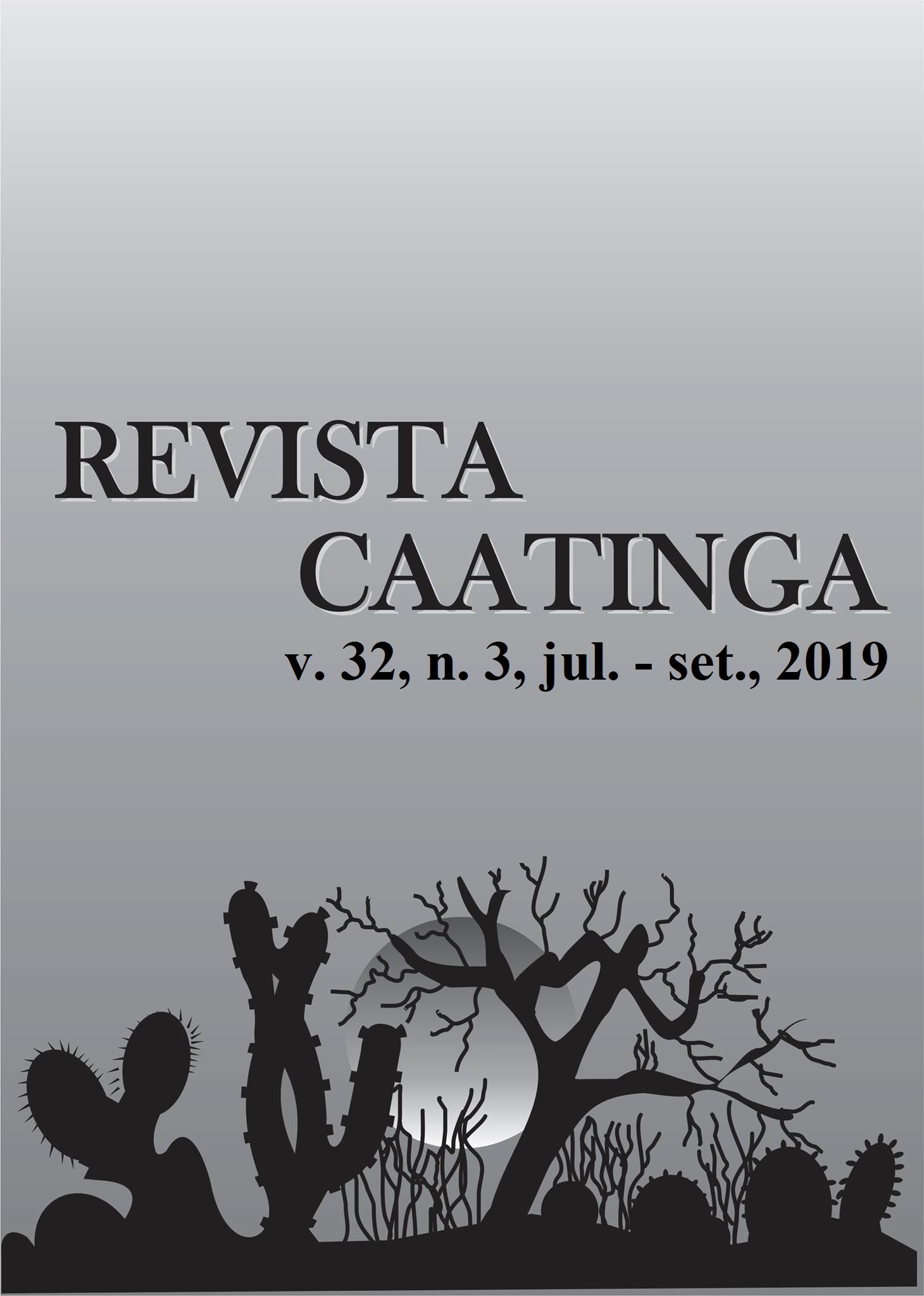DIVERSITY OF EDAPHIC FAUNA IN DIFFERENT SOIL OCCUPATION SYSTEMS
DOI:
https://doi.org/10.1590/1983-21252019v32n309rcKeywords:
Edaphic arthropods. Soil quality. Soil invertebrates.Abstract
Soil is the habitat for a number of living organisms that perform essential functions within the ecosystem; their functions and interactions are modified according to different ways of land occupation. Thus, the objective of this study was to evaluate the diversity of edaphic fauna in different soil occupation systems. The study was carried out in different soil occupation systems: millet, maize, soybean, eucalyptus, preserved cerrado, disturbed cerrado, and pasture, with 130 pitfall traps installed per treatment. Soil fauna organisms were identified at the level of large groups (orders and family), and then examined under the following biological diversity indices: Shannon index, Pielou index, average and total richness, and abundance. The highest abundance was found under millet growing conditions (9,974 individuals), and the lowest abundance values were found in soybean soil (222 individuals) and maize (824 individuals). Uniform distribution of groups in the area with soybean crops, due to the homogeneous management of the area, provided the highest biological index (H'=2.69). Principal component analysis (PCA) explained 50.9% of the data along the main axis and 34.6% of the data along the secondary axis. The different systems of soil occupation showed different abundance and diversity, demonstrating how soil occupation interferes with the dynamics of the invertebrate soil fauna.
Downloads
Downloads
Published
Issue
Section
License
Os Autores que publicam na Revista Caatinga concordam com os seguintes termos:
a) Os Autores mantêm os direitos autorais e concedem à revista o direito de primeira publicação, com o trabalho simultaneamente licenciado sob a Licença Creative Commons do tipo atribuição CC-BY, para todo o conteúdo do periódico, exceto onde estiver identificado, que permite o compartilhamento do trabalho com reconhecimento da autoria e publicação inicial nesta revista, sem fins comerciais.
b) Os Autores têm autorização para distribuição não-exclusiva da versão do trabalho publicada nesta revista (ex.: publicar em repositório institucional ou como capítulo de livro), com reconhecimento de autoria e publicação inicial nesta revista.
c) Os Autores têm permissão e são estimulados a publicar e distribuir seu trabalho online (ex.: em repositórios institucionais ou na sua página pessoal) a qualquer ponto antes ou durante o processo editorial, já que isso pode gerar alterações produtivas, bem como aumentar o impacto e a citação do trabalho publicado (Veja O Efeito do Acesso Livre).







